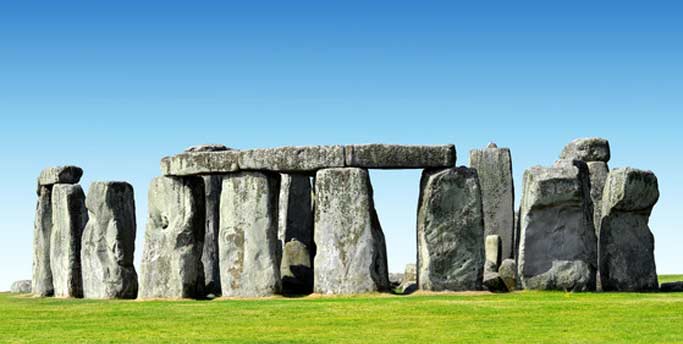- HOME
- ADD LISTING
-
EVENTS
-
- A Course in Miracles (4)
- Art (1)
- Astrology (13)
- Business Coaching (1)
- Conferences (4)
- Dream Work (1)
- Festival (1)
- Healing (1)
- Health (2)
- Meditation / Mindfulness (3)
- Mediumship / Psychic (1)
- Mind Body Spirit Fayre (10)
- Music (1)
- Other Fantastic Events (245)
- Past Life Regression (1)
- Psychic Evening (3)
- Retreat (24)
- Shamanism / Paganism (1)
- Spiritual Development (3)
- Spirituality (29)
- Tarot Tuition (1)
- Wellbeing (6)
- Workshop (2)
- Yoga (143)
-
-
- A Course in Miracles (4)
- Art (1)
- Astrology (13)
- Business Coaching (1)
- Conferences (4)
- Dream Work (1)
- Festival (1)
- Healing (1)
- Health (2)
- Meditation / Mindfulness (3)
- Mediumship / Psychic (1)
- Mind Body Spirit Fayre (10)
- Music (1)
- Other Fantastic Events (245)
- Past Life Regression (1)
- Psychic Evening (3)
- Retreat (24)
- Shamanism / Paganism (1)
- Spiritual Development (3)
- Spirituality (29)
- Tarot Tuition (1)
- Wellbeing (6)
- Workshop (2)
- Yoga (143)
- Directory
- PRACTITIONERS
- Forums



